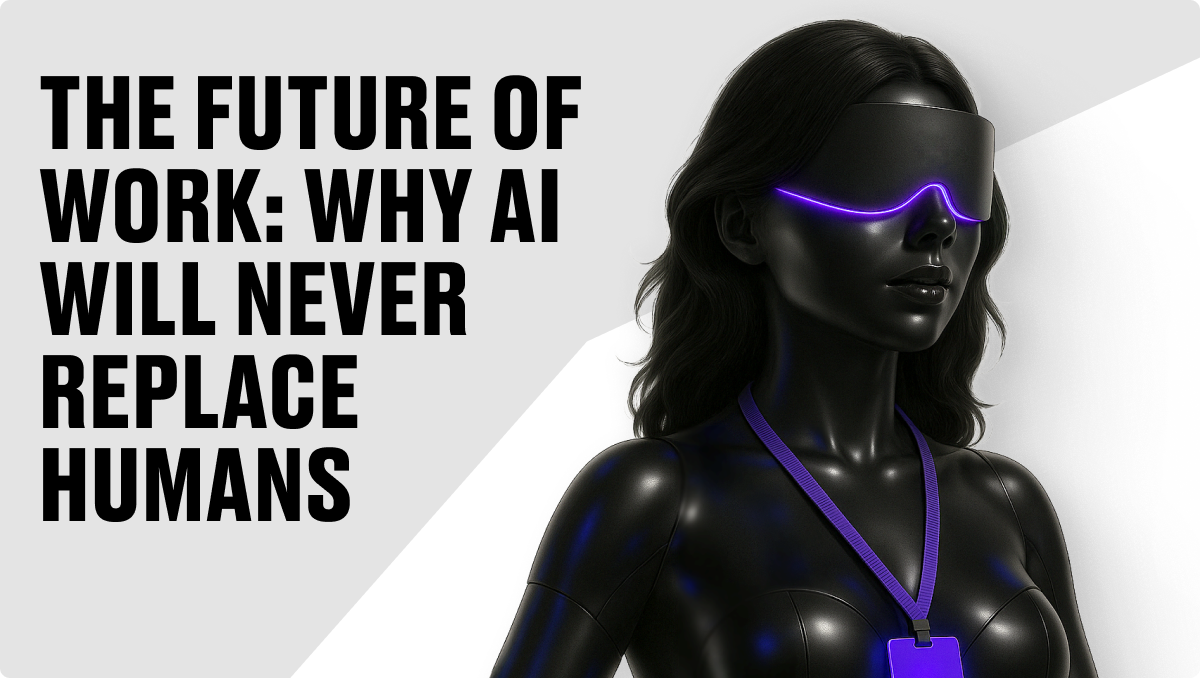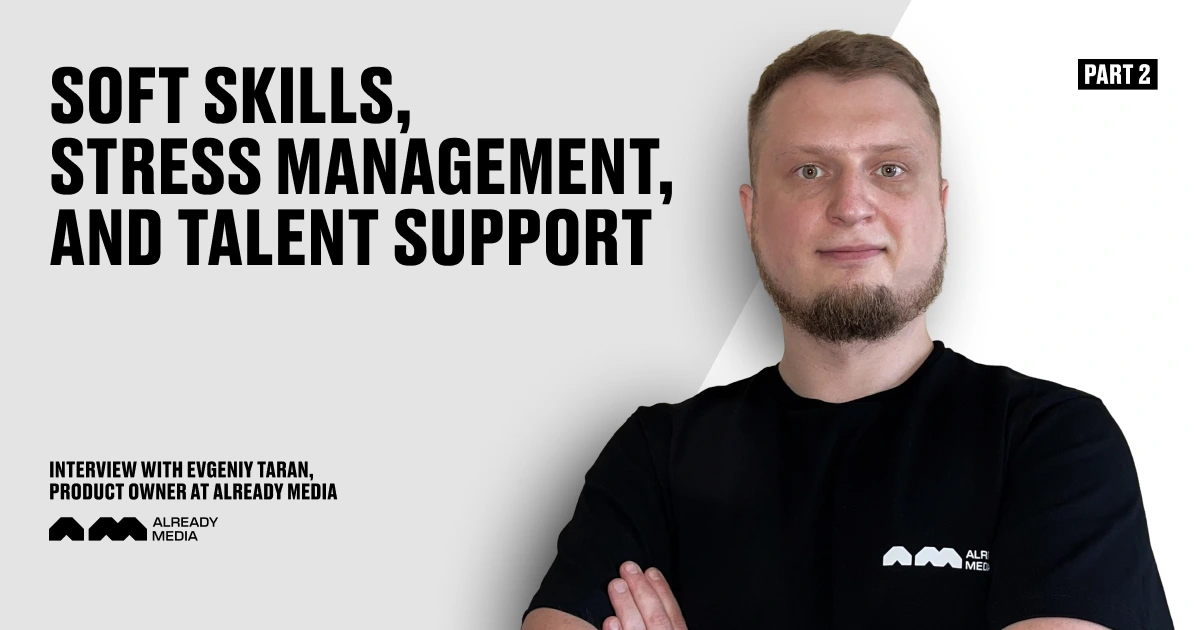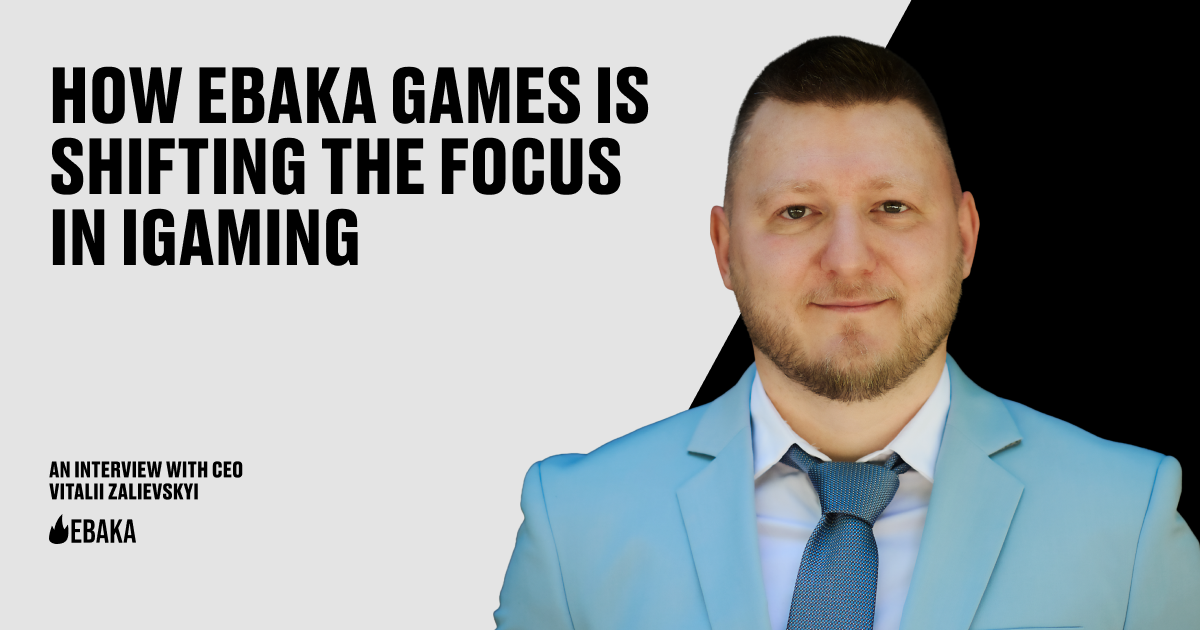
In a world where tools evolve faster than job descriptions can catch up, AI is no longer a trend — it’s becoming a daily companion across teams, roles, and industries. From content creation to media buying and sales, specialists are integrating it into their workflows to streamline routine, boost speed, and test creative limits. But can AI fully replace human expertise? To explore this, Already Media spoke with colleagues and partners from WWG, 1win Partners, Performance Lab, Masons Group, and Growe Partners. Their experiences reveal the real role of AI today — not as a replacement, but as a technical assistant.
Why AI is not a replacement, but an enhancement?
The creative side of using AI
“AI is an accelerator, not a magician. As you dive into a tool, you start to see its limitations — it can’t bring your idea to life exactly the way you envision it. You often get inaccuracies and artifacts, and you realize the output works as a draft, but not as a final product. Especially with video and design — results usually need manual editing. In software, AI is all about routine optimization and auto-analytics. It can automatically trim content by meaning, adjust colors, remove noise, add subtitles, even sync lips to a new script. That’s not editing anymore — that’s managing an editing assistant. When it comes to voiceover — since we work across many geos and languages — tools like Eleven Labs allow us to localize content with realistic voices that even breathe like real humans.
We aim to use resources wisely, so we combine AI and human voiceovers and already have solid success cases. On top of that, quality sound no longer requires a professional studio — there are tools that clean up audio and boost it to high quality using budget microphones. If you can clearly express your ideas, write prompts, and visualize the result — AI becomes your assistant and even your co-author. But it still doesn’t grasp cultural context, won’t craft your brand’s unique style, or tell stories that become a product’s soul. Ethics, authorship, and privacy remain open questions. So clickbait headlines about AI replacing jobs sound loud — until you actually start working with it.” – Evgenii Reguzak, Media Content Lead, Already Media
“AI has become a great tool. I’ve delegated most of the manual routine to it — spreadsheets, metrics, segmentation, and more. It helps speed up processes that used to take hours. Yes, I use it for idea generation too — but everything that goes into production is still polished and aligned with the brand’s voice. We also use AI in production and design — it saves time and streamlines workflow. But here’s the catch: AI doesn’t “feel” the audience. It can’t sense irony, read the context, or predict what will go viral today. It won’t craft a tone of voice or naturally blend into a community.Everything related to mood, intuition, and the moment — that’s still in human hands.” – Tania, CMO, 1win Partners
“Since AI appeared, I’ve been working faster and more precisely. Writing posts, finding the right tone, or handling partner emails used to take forever. Now I can focus on the essence, not the routine.
AI is both my editor and assistant. It helps structure ideas, find the right tone or style, give me dozens of options — and then I choose and adapt them as needed.
What I really use:
Mostly text tasks — social media, product descriptions, presentations, internal and external communications. I often use AI as a fresh perspective — it helps refine, simplify, or add what’s missing.
It’s also a lifesaver when you need to quickly understand terms, market structures, or relationships.
I take in a lot of info daily. It’s clear a person can’t remember it all — AI saves time and energy by giving compressed, clear answers. AI is a powerful tool, but not a person. It speeds up tasks and helps with routine, but it can’t replace:
- Originality
- Creativity
- Non-standard thinking
- Emotional nuance
- Warm communication
- Timing the right phrase
PR is built on trust, empathy, and presence. No algorithm can replace human energy. AI won’t come up with a powerful concept born from emotion, randomness, or inspiration. It won’t guess what insight will resonate today. PR is human. AI assists. But communication, ideas, creativity, and tone — that’s on us.” – Anya, PR Manager at Masons Traffic
“We don’t replace specialists with AI — we adapt to new workflows with it. These tools help us gather and analyze large amounts of data faster, cut idea generation time, and eliminate certain expertise gaps.
For example, if the team lacks resources or needs to handle a large task, AI can support the research part and return insights quickly — like trend analysis in visual communication, partial brand audits, SEO, and more.
It also takes over basic operations like call notes, text follow-ups, and information organization.
What AI definitely can’t replace:
Daily communication, creativity, and individual approach rooted in brand intuition. AI can learn a brand voice, but it will always interpret it differently than a real team would.
It also can’t replicate collaborative problem solving. In real-time, people bring diverse and even opposing views into the room — something AI can’t navigate yet.
Even in something as routine as budgeting, human input and intuition are critical. Automation helps, but never fully replaces human thinking beyond the numbers.” – Vlad Garashchenko, Head of Brand at Growe Partners
“AI is a fast and convenient assistant that frees you from routine — but it’s still an assistant, not a real PR specialist. Yes, it can draft press releases, compile news digests, or structure long texts based on your inputs. But the outcome still depends on your experience, your voice, your understanding of brand goals, your audience, and the context. When you write a prompt for AI, you use your creativity, strategy, and audience insight. There’s also a crucial piece AI still can’t replace — soft skills. In working with partners, experts, and influencers, human connection, trust, and empathy matter most.
As for hard skills, AI still falls short in building a real brand strategy that influences awareness — it’ll only give you textbook ideas. Without a clear direction, it won’t suggest the right collaboration, pick proper communication channels, or help you shape a brand persona.
AI is a great backup. But the things that truly move people, inspire them, and build connection — are still made by people.
Because PR isn’t about “informing.” It’s about sensing, anticipating, and sparking real conversation.” – Mila, PR Lead at Already Media
The technical side of using AI
“AI has already become part of our routine. It speeds up processes, suggests solutions, and takes over part of the workload. But it’s a tool, not a “new head.”
Let’s break it down — where it really helps, and where it can’t compete with live experience.
Where AI truly enhances media buying:
- Mass creative generation. AI can produce dozens of ad variants — different copy, structure, tone. In iGaming, where constant iteration and freshness are key, this speeds up the creative department fivefold.
- Optimization and analytics. Algorithms pull data from ad platforms and trackers, helping to spot patterns, detect performance dips, or flag CR/CTR anomalies before they become a problem.
- Automation of operational tasks. AI handles routine processes like launching campaigns from templates, adjusting budgets, or turning off underperforming ad groups. That frees up buyers to focus on strategic planning and performance.
- Fast A/B testing. Testing 10 versions of copy, apps, or creatives at once is no longer an issue. AI not only runs the tests — it learns from them and proposes the next iteration.
Where AI is powerless (and why I’m still needed):
- Decision-making in uncertainty. AI fears chaos. Arbitrage is chaos. When Facebook changes the rules on the fly, accounts are getting banned in batches, or advertisers cut/halt payments — you need to act fast and take responsibility.
- Working with iGaming. AI doesn’t know how to bypass moderation. It can’t tell what gets through on a Monday in Italy versus what needs a new creative at midnight. That’s not code — that’s experience.
- Communication and leadership. AI won’t secure a payout from an advertiser, won’t rally the team after a bad month, or lift morale.
- Being a Head isn’t about numbers. It’s about people, responsibility, and direction.
- Business goals, not just metrics. AI can optimize for CTR, ROAS, and surface-level KPIs. But it doesn’t account for deeper business metrics that affect profitability. Real campaign impact requires understanding user lifecycles, offer terms, and revenue models — my job, not the algorithm’s.
Bottom line:
AI in arbitrage isn’t a threat — it’s a powerful upgrade. It scales strong buyers, but doesn’t replace strong leaders.
Because:
- I make the decisions
- I set the priorities
- I carry the responsibility
AI is my assistant, not my substitute. And if another wave of automation arrives tomorrow — I’ll be the first to implement it.
But the wheel stays in my hands. Because algorithms read numbers — they don’t feel the market. That’s my territory.” – Alexey, Head of Media Buying at WWL
“What I use:
AI assistants for meeting transcription. It helps me build follow-ups and track key points.
Processing information got easier — instead of watching hour-long calls, I can upload the recording and get key points as text. It’s not perfect, but enough to decide if the call is worth revisiting.
What it won’t replace:
- Creativity. AI doesn’t grasp the business essence or invent ideas that move it forward
- Human interaction. Negotiations only work face-to-face
- Crisis management. That’s still 100% human territory” – Ilya, CBDO at Performance Lab
“AI won’t replace B2B sales or bizdevs. Just like Excel didn’t replace accountants or analysts — though it could do a lot: macros, spreadsheets, you name it.The point is, someone still had to build and maintain those sheets. And curse at formula D218 every other day. Same with AI. In sales — especially lead gen — it’ll get smarter, bolder (in a good way), and more helpful. It’ll handle the routine, clean up your inbox, even draft a friendly message for the client.
But someone still needs to:
- Set it up
- Train it
- Explain to the team why the bot sent out 84 identical “Hey there!” emails
Sure, teams might get leaner. But the key players will stay — just not with notebooks, but with GPT.
If I were a B2B sales rep today, I’d be:
- Learning how AI could cut my workload in half
- Spotting test cases to roll out across the team
- Becoming the one who drives change — not chases it
Because when AI skills are listed in every job ad next to Excel and HubSpot, it’ll be too late to catch up. The upside?
- Less grunt work — you automated it
- More value — you’re the only one who knows how it all fits
- And no one dares fire you — because without you, it falls apart
So no, AI won’t replace us. But it might outpace the lazy.” – Kateryna, Head of Sales, WWApps
Conclusion
Everyone we spoke to agrees: AI is an incredible assistant — fast, scalable, and endlessly useful. It helps brainstorm, optimize, test, and automate. But in the spaces where soft skills, strategic vision, and emotional intelligence matter most, AI still falls short. Tools can support us, but they can’t feel the moment, build trust, or lead with intuition. So while AI is reshaping how we work — it’s still people who shape what we do.

